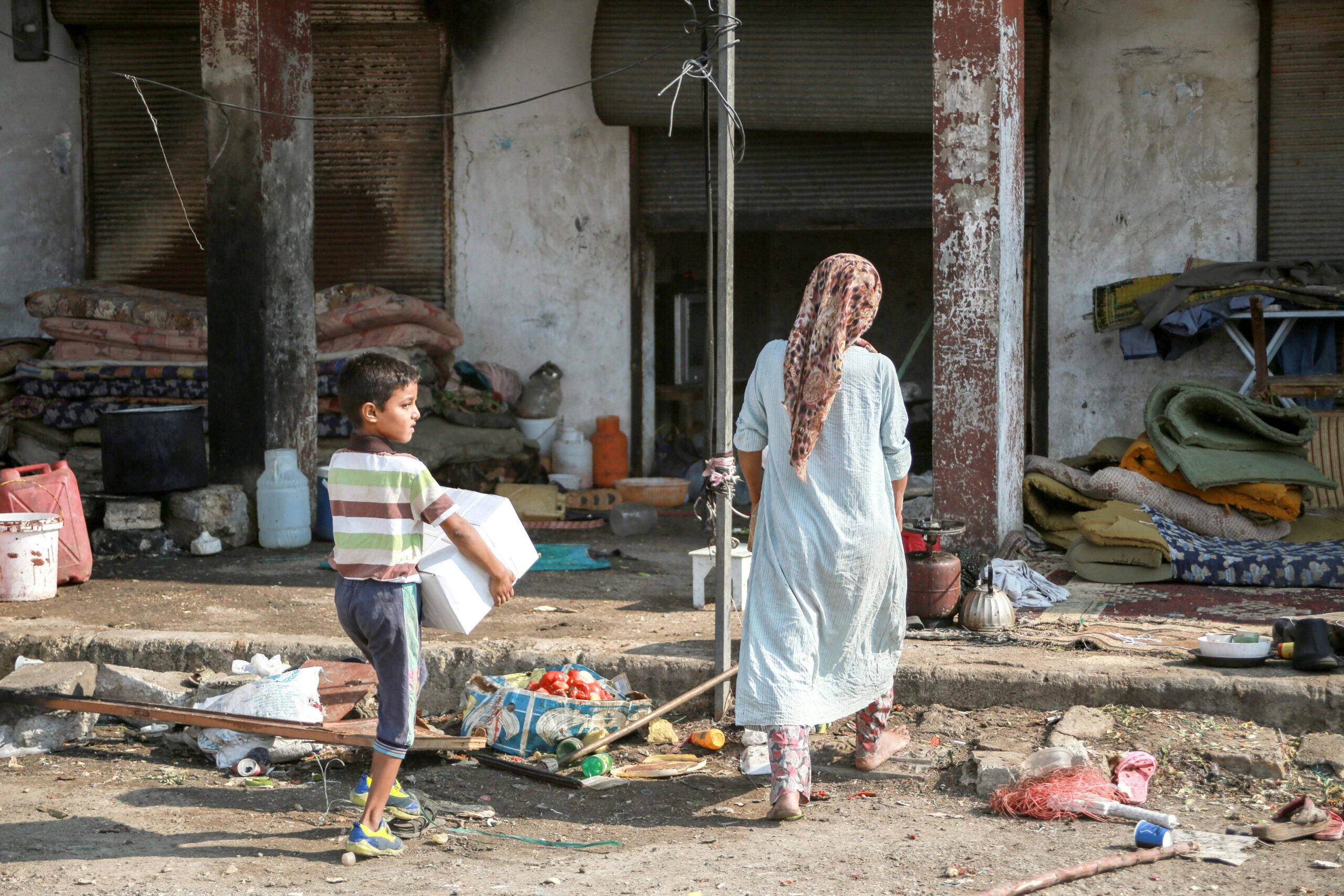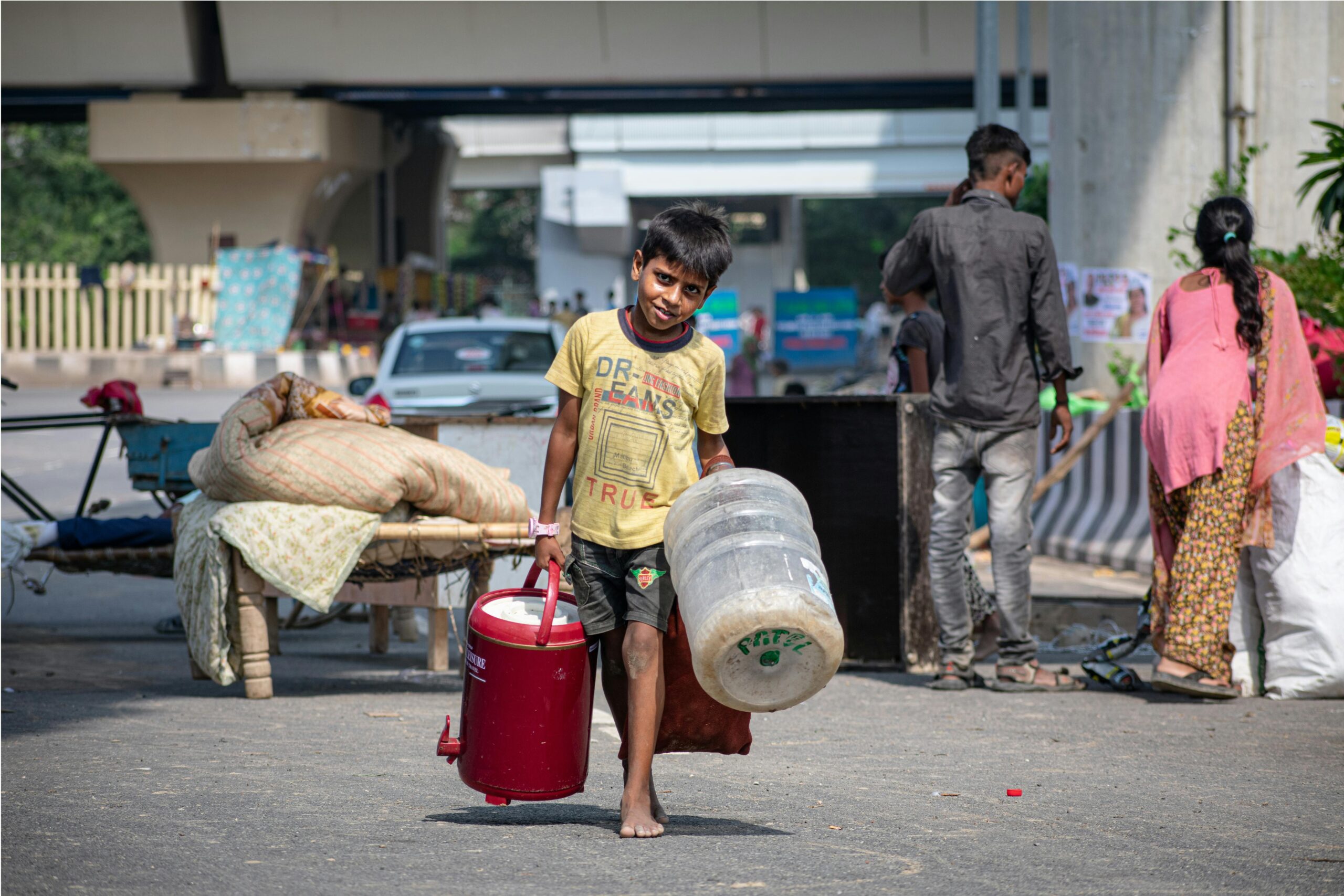Date: 26 January 2024 ; Author: Jai Prakash
India, a land of contrasts, grapples with the harsh reality of violence against its most vulnerable citizens: children. While the nation strides forward in various domains, the plight of underprivileged kids remains a pressing concern. Let’s delve into the challenges and alarming statistics surrounding crimes against these innocent souls.
1. Escalating Vulnerability
The National Crime Records Bureau (NCRB) recently released data that paints a grim picture. In 2021, over 1.49 lakh cases of crime against children were registered, marking a 16.2% surge compared to 20201. These numbers reveal the growing vulnerability of our young population.
2. Disturbing Trends
a. Kidnapping and Abduction
- 45% of the crimes against children fall under this category. Innocent lives are snatched away, leaving families shattered and communities traumatized.
b. Sexual Offences
- A worrisome 38.1% of the cases involve sexual offences, including child rape. These heinous acts scar victims for life, robbing them of their innocence.
3. The Pandemic Paradox
The year 2020 witnessed a 13.2% decline in crimes against children due to pandemic-induced lockdowns and restrictions. However, the situation took a dark turn in 2021, surpassing even the numbers from 20191. Poverty, desperation, and disrupted routines during the pandemic likely contributed to this unfortunate rise.
4. The Grim Reality of POCSO Cases
- The Protection of Children from Sexual Offences (POCSO) Act aims to safeguard children from sexual abuse. Shockingly, 97.1% of the accused in penetrative sexual assault cases were known to the victims. In 2,885 cases, the perpetrator was a family member1.
- The age profile of victims reveals the magnitude of suffering:
- 675 victims were below six years old.
- 3,297 fell between 6 to 12 years.
- 13,256 were aged 12 to 16.
- 16,275 were between 16 to 18 years.
- Among all victims, 317 were boys.
5. Urgent Interventions Needed
a. Strengthening Legal Frameworks
- Strict enforcement of existing laws and swifter justice delivery are crucial. The POCSO Act must be wielded as a powerful shield for our children.
b. Awareness and Education
- Community awareness programs can empower parents, teachers, and children themselves. Recognizing signs of abuse and reporting promptly are essential.
c. Support Systems
- Counseling services for victims and their families can aid healing. Creating safe spaces where children can share their experiences without fear is vital.
6. Collective Responsibility
As a society, we must recognize that the safety and well-being of our children are collective responsibilities. Poverty should never be a breeding ground for crime. Let us unite to protect our future generation from the horrors they should never endure.
Sources:





